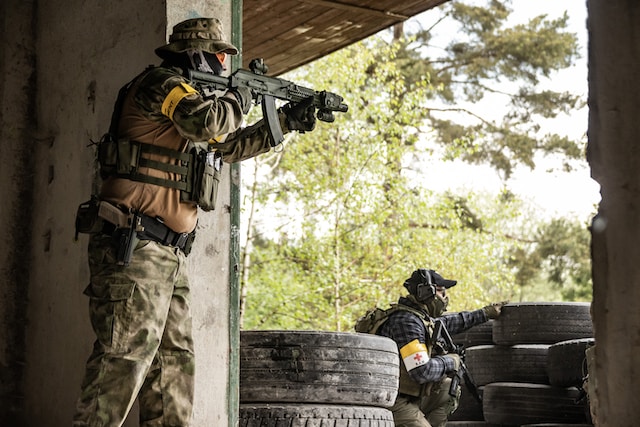Rory Kennedy’s fascinating, moving, and extremely important remarkable documentary, The Last Days in Vietnam, is actually two films at once. One is set almost 40 years ago and tells the incredibly dramatic story of the frantic, chaotic evacuation of Americans from South Vietnam as communist forces approached Saigon. The other film is the same story refracted through our awareness of the potential parallels between yesterday’s disaster and the similar U.S. withdrawals from Iraq and Afghanistan today.
One surprising thing about the movie is how unfamiliar its story will be to many Americans. For younger viewers, it will be more understandable. But this reviewer was an avid news watcher throughout the period covered and still came away from Kennedy’s film wondering: “Why didn’t I know more about all this?”
One reason, of course, is that the collapse of South Vietnam two years after the withdrawal of most American troops was so sudden and chaotic that it appeared mostly as incipient geopolitical spasms on the evening news. There was no clear, overarching narrative that Kennedy is able to provide in retrospect. Another reason, however, is that by 1975, Americans were so fed up with the Vietnam War, which had divided the country into warring camps for years, that they simply wanted to look away. In doing so, they exacerbated the tragedy they had helped to create.
Kennedy’s story begins in 1973, when the Paris Peace Accords, negotiated by the Nixon administration and Secretary of State Henry Kissinger, brought an apparent end to the long and painful war in Vietnam. It was assumed that North and South Vietnam would remain separate states, like the two Koreas, and Nixon was able to withdraw US troops, proclaiming a “peace with honor.” And yet the agreement was, as one respondent put it, “a masterpiece of ambiguity.”
In one of history’s bitter ironies, the peace lasted for a time because the North Vietnamese believed Nixon was crazy enough to attack them again if they violated it. After the president was ousted in late 1974 because of the Watergate scandal, they saw their opening and took it. By the spring of 1975, their troops were flooding across the South (the use of red on a map has rarely been more appropriate) and the new administration of Gerald Ford showed no signs of America returning to war.
Several thousand Americans remained in Saigon, including contractors, journalists, security guards, and diplomatic personnel. As the South collapsed, many of these people became increasingly concerned for their South Vietnamese friends, colleagues, and family members. And while making evacuation plans would seem to be the natural course of action at this point, it was not one followed by U.S. Ambassador Graham Martin, a gentlemanly North Carolinian who simply could not believe that disaster was imminent until it literally hit him.
Meanwhile, in Washington, Ford was trying to convince Congress to vote for a paltry $722 million to help their former partners during what Kissinger called “South Vietnam’s last agony.” However, even the most ardent right-wingers in Congress were anti-war at the time, and no aid was forthcoming. Whatever one’s political leanings, it is hard to see this abdication of responsibility as anything but shameful.
As the communist forces closed in, a number of lower-level American servicemen began “black ops” to help their friends in South Vietnam escape the country by putting them on cargo planes bound for the Philippines. Soon the airport was bombed, and even that was impossible. When other South Vietnamese began to flee, piling aboard their own planes, and a flotilla of small ships set sail, many of those who remained desperate broke into the U.S. Embassy.
Helicopters were considered the least desirable means of escape, but by this time, it was the last resort. They had only 24 hours to do it. Washington ordered Ambassador Graham to be on the first helicopter, but he refused and stayed to oversee the dangerous evacuation, taking off on the penultimate helicopter. The Americans promised the Vietnamese that they would all be transported to safety, but in the end, 420 were left behind-a failure presented as a symbol of America’s entire history in Vietnam.



